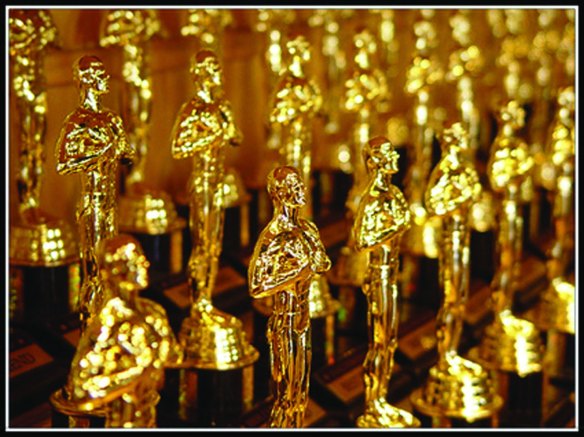
The 2016 Oscars were a mixed bag, because once again they got it wrong in a number of key categories. To be fair, they got it right a few times too. In fact, this year’s Oscars reminds me of the Katy Perry song Hot n Cold: “Wrong then it’s right, black then it’s white…” Actually very little was black about the Oscars this year, but let’s not go there…
Here, in time honoured tradition, are my thoughts on the main winners.
Best Picture: Spotlight – Wrong. The best film of last year by far, Inside Out, wasn’t even nominated in this category. Not that I expected it to be as animated films are still not treated with the respect they deserve (despite rare exceptions, such as when Beauty and the Beast received a nomination). Of the nominees, The Revenant was probably the best film. However because so many Academy voters don’t bother actually seeing films in the cinema (relying instead on DVD screeners), The Revenant may have suffered in this respect, as it really, really needs a big screen. By contrast, Spotlight is far less overtly cinematic, and will lose little on television. It is a solid film, but not remarkable enough to deserve a best picture win.
Best Director: Alejandro Gonzalez Inarritu (The Revenant) – Right. Whatever else one might think of The Revenant, the direction cannot be faulted. Shot entirely in natural light, from that astonishing early pass-the-POV shot, to spectacular bear mauling and the seemingly unending trudge through shivering wastelands, Inarritu ensures his film is the most aggressively cinematic contender in the pack. Must-see-on-the-big-screen kudos guaranteed.
Best Actor: Leonardo DiCaprio (The Revenant) – Wrong. Whilst I think DiCaprio is a fine actor, he really should have won for his turn in The Departed. This role, by contrast, is pure Oscar bait. Lots of “uglying up” and suffering for your art (a very “committed” performance), but whilst he is perfectly good in the role, I much preferred Michael Fassbender’s less showy but understated and powerful performance in the criminally undervalued Steve Jobs.
Best Actress: Brie Larson (Room) – Right. A superb performance at the centre of a powerfully emotional film.
Best Supporting Actor: Mark Rylance (Bridge of Spies) – Right. Spielberg’s Bridge of Spies was almost as underrated as Steve Jobs, and it’s great to see Rylance getting the acclaim he deserves.
Best Supporting Actress: Alicia Vikander (The Danish Girl) – I cannot comment as I have yet to see The Danish Girl. However Vikander is one of my favourite current actresses, purely for her roles in A Royal Affair and Ex Machina.
Best Original Screenplay: Tom McCarthy and Josh Singer (Spotlight) – Wrong. This absolutely should have been Inside Out, by far the most original mainstream film of last year.
Best Adapted Screenplay: Adam McKay and Charles Randolph (The Big Short) – Wrong. Carol would have been my choice.
Best Cinematography: Emmanuel Lubezki (The Revenant) – Wrong. The Revenant looks fabulous, but Roger Deakins should have got this purely for that twilight, metaphorical descent into the underworld shot in Sicario. Then again, Deakins should have won a number of times already, most notably for The Assassination of Jesse James by the Coward Robert Ford. On that occasion, I genuinely thought Academy voters were blind.
Best Documentary: Amy – Right, although Cartel Land was arguably equally deserving.
Best Animated Film: Inside Out – Right. In an exceptional year for animation, Inside Out deserved to win not only in this category, but in the best picture category.
Best Sound Editing: Mad Max: Fury Road – Right I suppose, although The Force Awakens was equally deserving.
Best Sound Mixing: Mad Max: Fury Road – As above, really.
Best Film Editing: Mad Max: Fury Road – And again, as above.
Best Foreign Language Film: Son of Saul – I cannot comment as I have yet to see any of the nominees. I was surprised The Assassin did not get a nomination though. Or A Girl Walks Home Alone at Night for that matter.
Best Music Score: Ennio Morricone (The Hateful Eight) – Wrong. Of the nominees, the right choice. But I wanted Michael Giacchino to win for Inside Out, and he didn’t even get a nomination.
Best Production Design: Mad Max Fury Road – Right. The design in that film was incredible, so no argument from me.
Best Visual Effects: Ex Machina – Wrong. Of the nominees, a decent choice. But I wanted Ant-Man to win for that bath sequence alone, and it didn’t even get nominated.
Tune in again next year to see if the reforms they put in place will make any difference as to whether a deserving best picture actually gets voted for. In this category the Academy gets it wrong almost all the time, and this year was no exception.


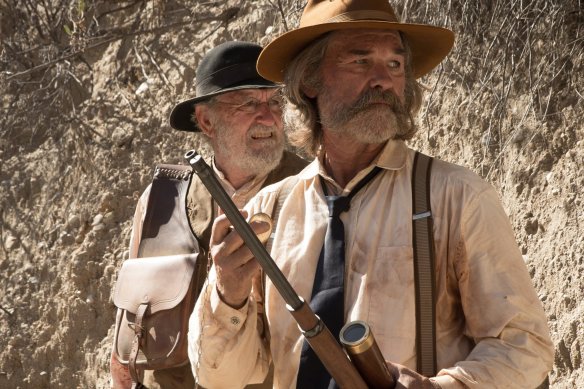
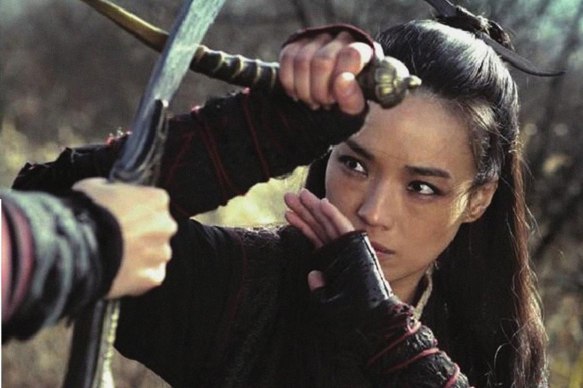
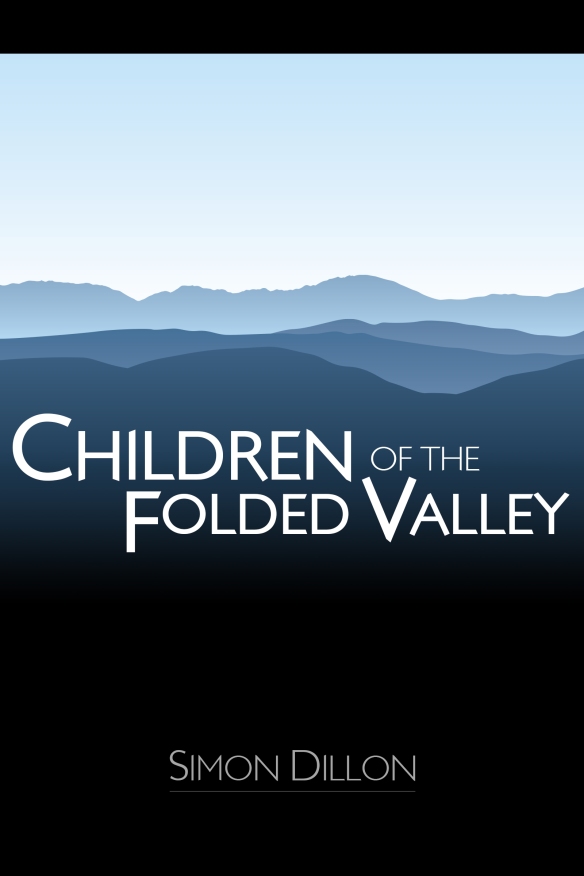
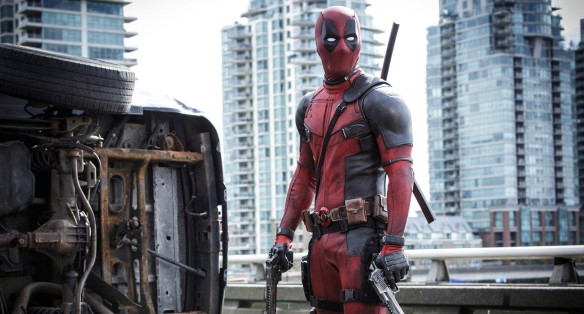
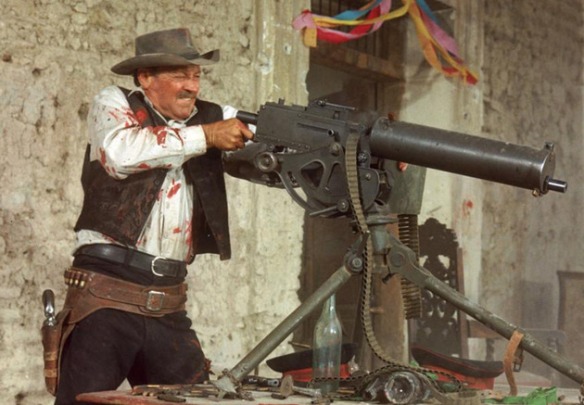
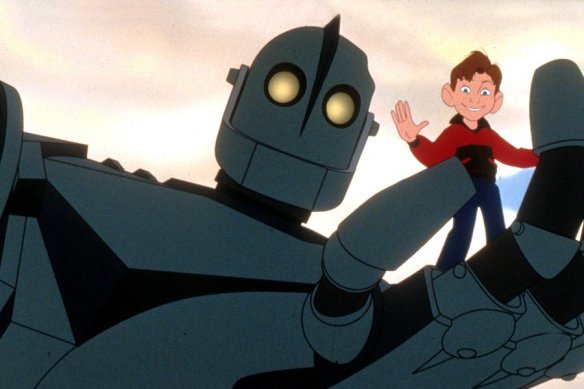
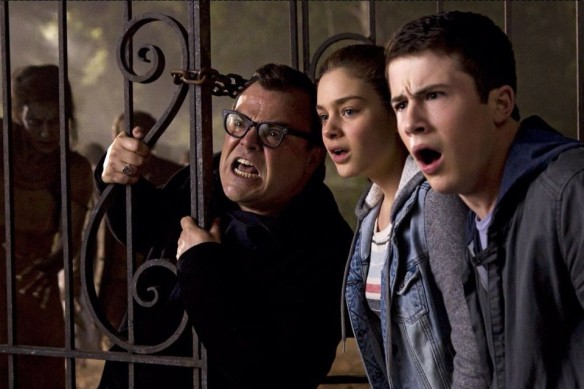 Goosebumps, based on the popular children’s novels by RL Stine, could have so easily been terrible. As it happens it is a good notch above average, thanks to a witty screenplay by Darren Lemke, who plays the risky “meta” card with just about enough wit to get away with it.
Goosebumps, based on the popular children’s novels by RL Stine, could have so easily been terrible. As it happens it is a good notch above average, thanks to a witty screenplay by Darren Lemke, who plays the risky “meta” card with just about enough wit to get away with it.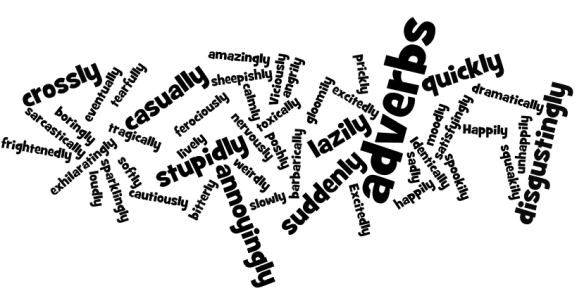 One frequently reads writing advice to the effect that adverbs are the source of all evil. Some of these articles are so vehement I actually checked the Bible to see if adverbs were a result of Adam and Eve eating from the Tree of the Knowledge of Good and Evil in the book of Genesis.
One frequently reads writing advice to the effect that adverbs are the source of all evil. Some of these articles are so vehement I actually checked the Bible to see if adverbs were a result of Adam and Eve eating from the Tree of the Knowledge of Good and Evil in the book of Genesis.